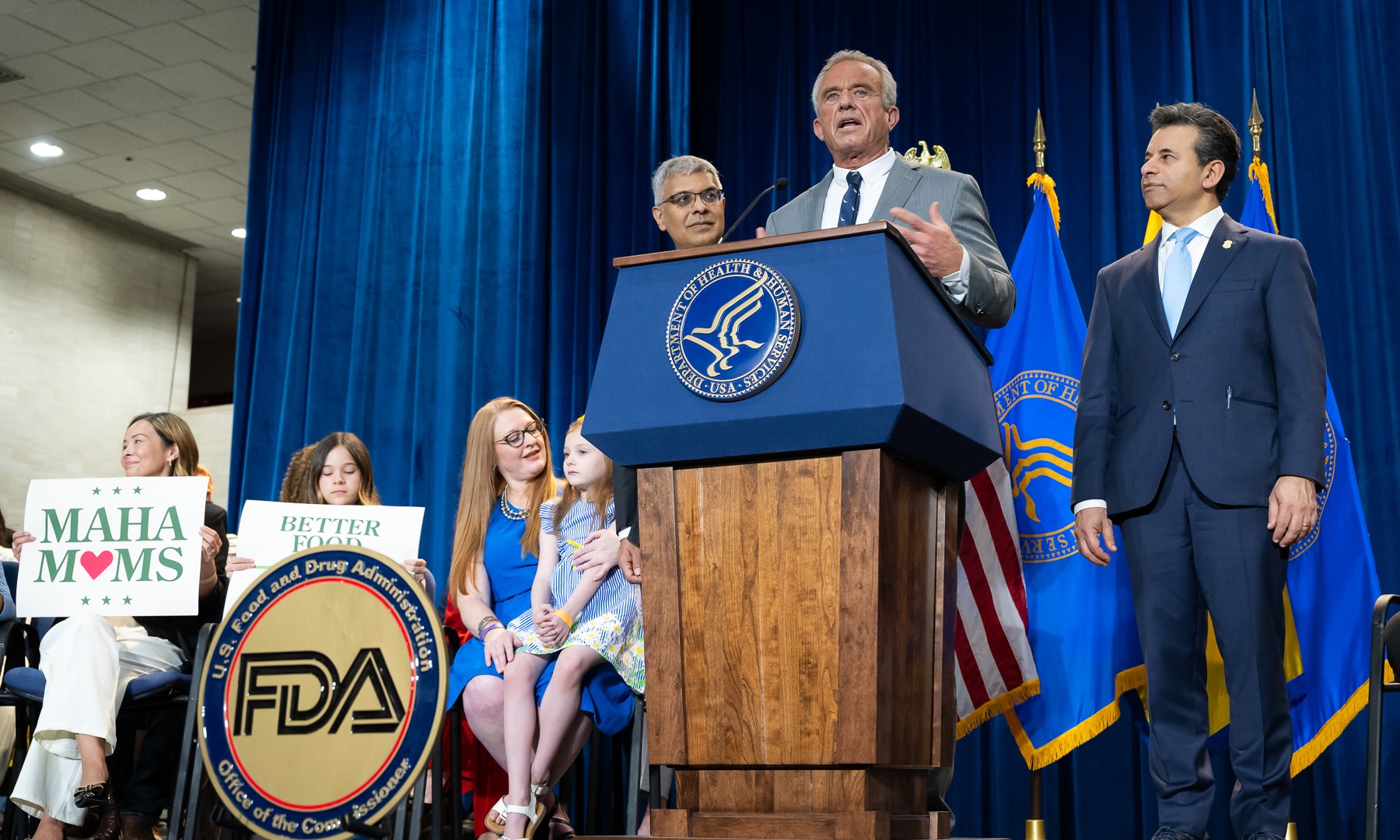Federal health officials have implemented a major policy shift concerning the application of fluoride in dietary supplements, igniting a fresh round of discussion among medical practitioners, environmental groups, and parents focused on community well-being. The U.S. Food and Drug Administration (FDA) has declared updated limitations on fluoride supplements, framing this determination as an element of a wider strategy under the Modernization of Active Health Approaches (MAHA) framework. This action signifies a pivotal moment in the continuous dialogue surrounding the advantages and potential hazards linked to fluoride intake, especially in pediatric dental hygiene.
A change in fluoride oversight and its impact on public well-being
For decades, fluoride has been considered a cornerstone in the prevention of tooth decay, with its inclusion in water systems, dental products, and prescribed supplements widely promoted by health authorities. However, the FDA’s latest action indicates a growing concern about overexposure to fluoride and its potential long-term effects. Under the new restrictions, healthcare providers will face tighter guidelines regarding the prescription of fluoride supplements, especially for infants and young children in regions where water supplies are already fluoridated.
This modification is consistent with the MAHA agenda’s goal of modernizing obsolete health guidelines and reducing contact with compounds that could present cumulative health hazards. Specialists indicate that this regulatory revision does not represent a complete dismissal of fluoride’s advantages, but rather an effort to reconcile its protective utility with current findings on potential adverse effects like dental fluorosis, endocrine disruption, and other systemic issues highlighted by recent investigations.
The FDA emphasized that the decision is rooted in scientific evaluation rather than political pressure. A spokesperson noted that while fluoride remains an effective agent in cavity prevention, evidence indicates that unnecessary supplementation could contribute to excessive intake, particularly among children whose overall fluoride exposure is already sufficient through drinking water and dental hygiene products.
The MAHA agenda and its broader implications
The Modernization of Active Health Approaches (MAHA) agenda, introduced as a comprehensive framework for health policy reform, seeks to ensure that public health recommendations reflect the most current evidence available. The agenda encourages periodic reassessment of widely accepted substances, dietary guidelines, and treatment protocols to better protect long-term health outcomes.
By incorporating fluoride into this program, the FDA highlights the critical role of accuracy in prophylactic healthcare. Instead of implementing broad guidelines for varied demographics, the agency seeks to foster a more customized methodology that accounts for personal exposure amounts, age, dietary habits, and ecological elements. This signifies a shift from previous overarching fluoride regulations, which frequently neglected to distinguish between areas with and without fluoridated water sources.
Critics of widespread fluoridation have long argued that mandatory exposure removes the element of informed consent, as individuals cannot easily control the amount of fluoride they consume from public water sources. The FDA’s move, therefore, has been interpreted by some as a step toward greater personal choice and more transparent health communication. Others, however, fear that it could inadvertently weaken preventive dental care measures in low-income communities where access to dental services remains limited.
Differing viewpoints among healthcare and research professionals
Reactions to the FDA’s restriction have been mixed. Many dental professionals continue to defend the use of fluoride as a proven method for reducing cavities and maintaining oral health, particularly among children at higher risk of tooth decay. They argue that limiting fluoride supplements could increase the prevalence of dental caries, especially in rural areas with lower fluoridation levels.
Conversely, a number of medical researchers and environmental health specialists commend the FDA’s careful approach. They highlight increasing data connecting high fluoride consumption to possible neurological and developmental impacts, referencing recent investigations that indicate a requirement for a more refined comprehension of safe dosages. Additionally, some have emphasized that the advantages of fluoride can frequently be attained via topical application—like in toothpaste and mouthwashes—rather than through internal consumption.
The American Dental Association (ADA) has responded by urging the FDA to clarify its implementation strategy, noting that abrupt regulatory shifts could create confusion among practitioners and parents. The association emphasized that dental caries remain one of the most common chronic conditions in children and that preventive measures must continue to receive strong institutional support.
A closer look at community impact and next steps
The practical implications of the FDA’s restriction will depend largely on how local health authorities and practitioners interpret and enforce the new guidelines. Pediatricians, dentists, and pharmacists are expected to review patients’ fluoride exposure more closely before recommending supplements, ensuring that total intake stays within safe limits.
Public health programs may also need to adjust their educational materials and outreach campaigns to reflect the new recommendations. Communities that have historically relied on fluoride supplementation may face a period of transition as families adapt to updated guidance. At the same time, the FDA has indicated plans to monitor dental health trends closely in the years following the policy shift to assess its impact on cavity rates and overall oral health outcomes.
In addition, this determination could shape worldwide discussions regarding fluoride application. Numerous nations have already revisited their national fluoridation initiatives, citing concerns akin to those highlighted by the MAHA agenda. Consequently, the United States’ ruling might establish a benchmark for other countries reassessing their public health strategies concerning mineral enrichment and chemical contact.
Achieving equilibrium among innovation, scientific principles, and public confidence
At its heart, the FDA’s decision to limit fluoride supplements illustrates a careful equilibrium between progress and prudence. This action mirrors a wider evolution in public health administration—an evolution that prioritizes evidence-driven adjustments over strict adherence to standards from the mid-20th century. The agency’s readiness to re-evaluate established regulations demonstrates a dedication to scientific openness and to preserving public trust in health organizations.
While the discussion surrounding fluoride remains unresolved, one aspect is undeniable: the dialogue is progressing. As further studies illuminate fluoride’s interactions with both the human body and the surrounding environment, decision-makers will persistently update their guidelines. Currently, the FDA’s ruling underscores that even the most entrenched health protocols require regular re-evaluation to guarantee their ongoing safety, pertinence, and alignment with current scientific knowledge.
The redefined approach to fluoride under the MAHA agenda may ultimately mark a new era in preventive care—one that emphasizes precision, accountability, and respect for individual well-being within the broader framework of public health.




